Malta, a small archipelago nestled in the heart of the Mediterranean, is known for its favorable climate, stunning landscapes, rich history and vibrant culture. Though small in size, Malta offers a wealth of natural and cultural resources that make it an exceptional destination for various experiences, from exploring ancient temples and fortresses, lively festivals and scenic countryside, to enjoying its agricultural heritage and culinary offerings. The island's unique tradition, shaped by centuries of diverse influences, creates a distinct character, which makes Malta an increasingly popular destination for those seeking authentic Mediterranean flavors in the backdrop of the Old World.
 Credits: Moses Dukes
Credits: Moses Dukes
It all starts with the climate
Malta enjoys a Mediterranean climate characterized by hot, dry summers and mild, rainy winters. These conditions create an ideal environment for agriculture, particularly for growing vegetables, fruits, and herbs. The abundant sunshine throughout the year allows for extended growing seasons, while the mild winters enable certain crops to thrive year-round.
Despite its relatively small size, Malta has a variety of micro-climates that offer distinctive growing conditions, making it possible to cultivate diverse products with distinct flavors. This climate supports the growth of several key ingredients that are staples in Mediterranean cuisine, including tomatoes, olives, capers, grapes, citrus fruits, and various herbs such as rosemary, thyme, and oregano. Malta's agricultural produce is known for its intense flavors, often attributed to the island's terroir.
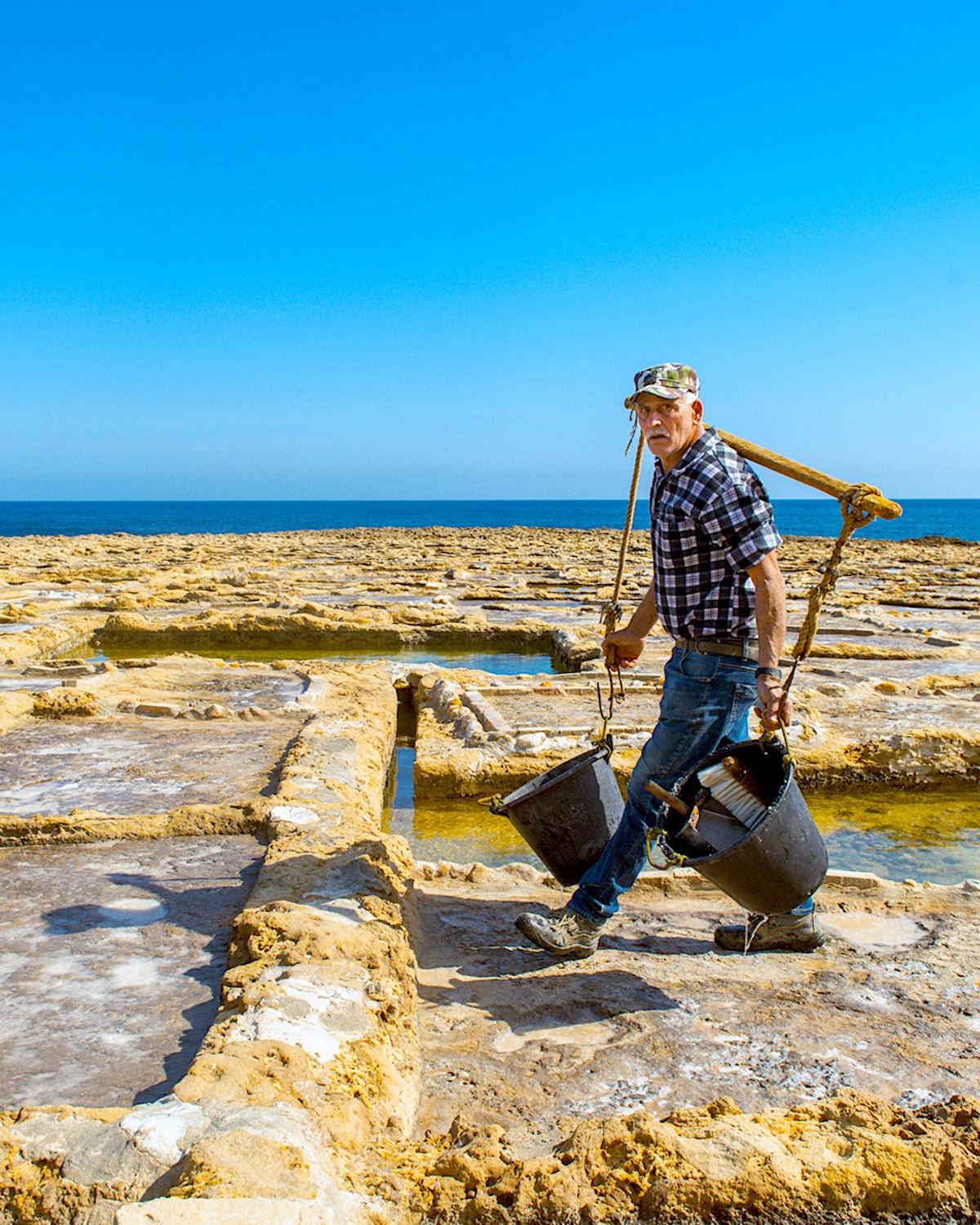 Credits: Malta Tourism Authority
Credits: Malta Tourism Authority
Terroir as the foundation of Maltese gastronomy
The concept of terroir—the interaction of climate, soil, and topography on agricultural products—plays a significant role in Maltese agriculture. Malta's limestone-rich soil and close proximity to the sea impart peculiar mineral and saline qualities to the produce, enhancing the flavors of the crops.
This unique terroir is particularly favorable for viticulture, with Maltese wines gaining international acclaim for their distinct taste profiles. Indigenous grape varieties such as Ġellewża and Girgentina are well-suited to Malta’s dry, sunny climate and limestone-rich soil, which enhance the wines with mineral notes, characteristic acidity, and concentrated flavors.
 Credits: Malta Tourism Authority
Credits: Malta Tourism Authority
Girgentina, a white grape, produces fresh, crisp wines with citrus and floral aromas, while Ġellewża, a red grape, yields medium-bodied wines with soft tannins and fruity notes of cherries and dark berries. These wines not only reflect the island’s terroir but also attest to Malta’s ancient winemaking traditions, which date back thousands of years.
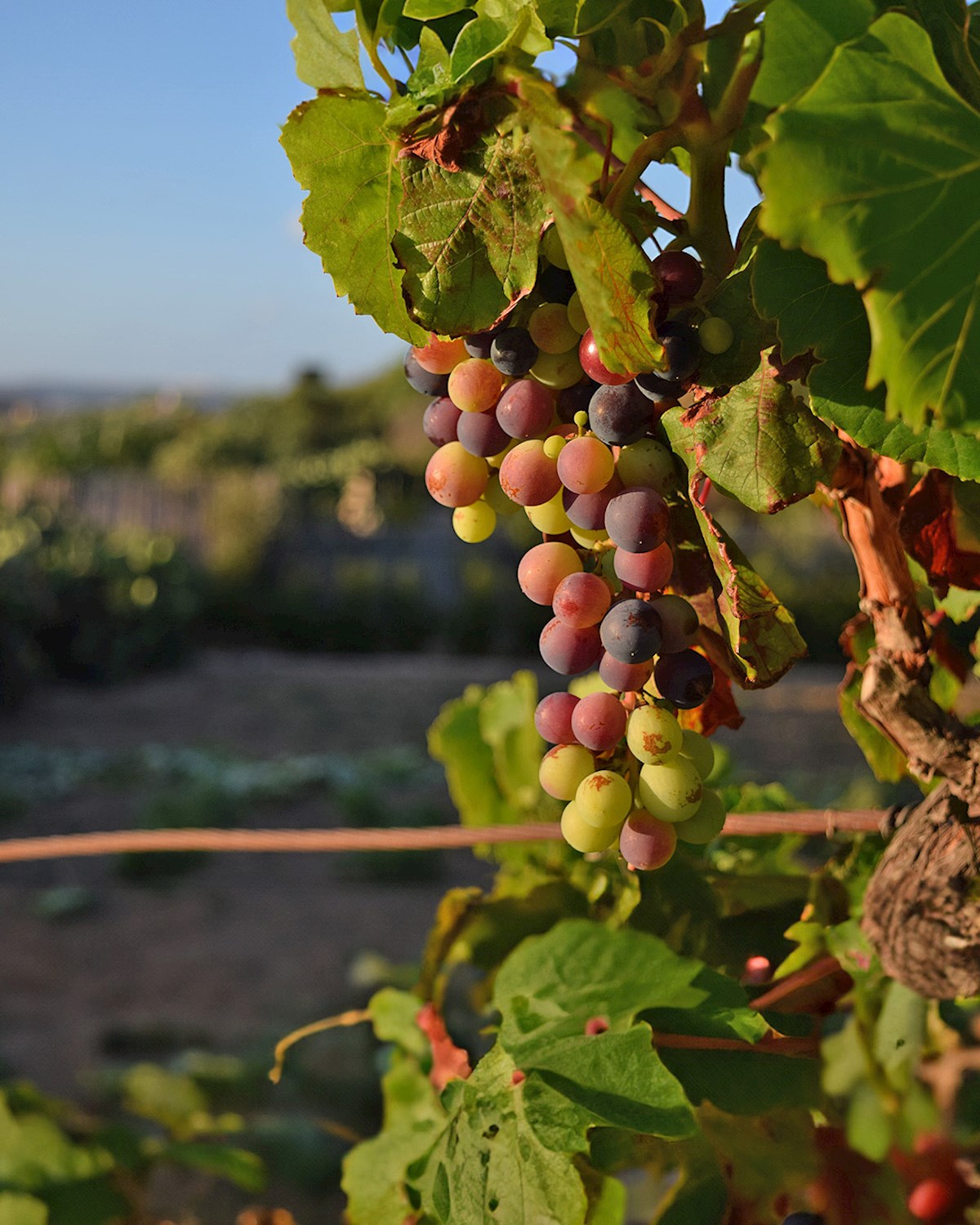 Credits: shutterstock
Credits: shutterstock
Malta’s citrus fruits—notably oranges, lemons, and tangerines—are especially prized for their aromatic quality and tangy flavors. Larinġ tat-tadam ta’ Malta (Maltese egg orange), Larinġ tal-bużżieqa (Bahia navel orange) and the endemic Lumiċell (sweet lime) are just a few of the exclusive Maltese citruses, some of them available all-year round.
 Credits: shutterstock
Credits: shutterstock
The limestone soil enhances their sweetness while the coastal influence imparts a refreshing zest, making Maltese citrus fruits a sought-after ingredient in both traditional and modern dishes. Local citrus groves produce fruits with thin, intensely fragrant skins and juicy pulp, ideal for making fresh juices, jams, and adding zest to various recipes.
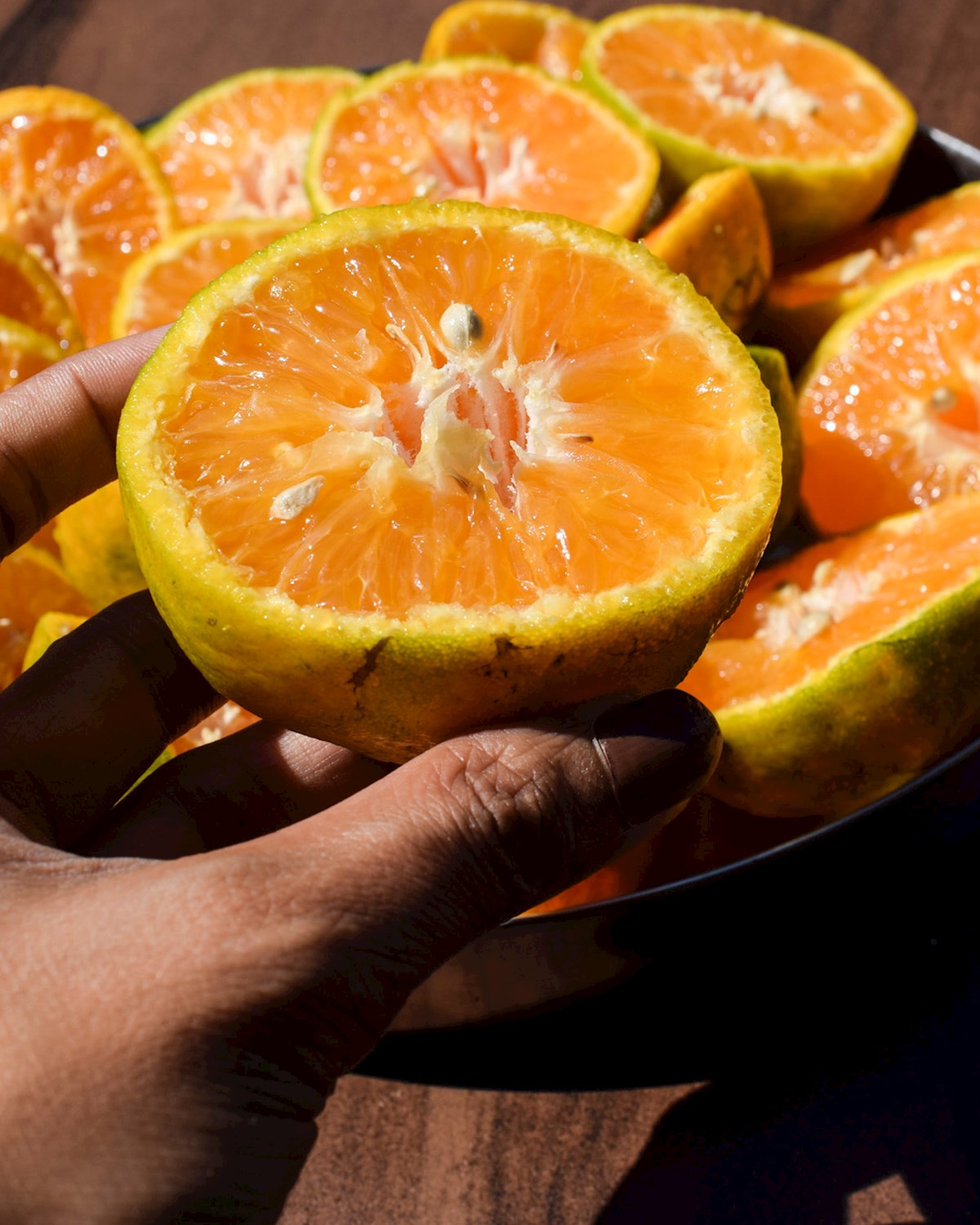 Credits: shutterstock
Credits: shutterstock
Maltese olive oil is renowned for its full-bodied flavor, rich color, and slightly peppery finish. Malta’s native olive trees, which include ancient and resilient varieties like Bidni and Maltija, produce olives that are carefully hand-picked and pressed into premium olive oils. The combination of limestone soil and coastal influences enriches the oils with a taste that’s earthy, fruity, and subtly bitter, ideal for dressings, marinades, and as a finishing touch to elevate local dishes. The island’s olive oils are still largely produced using traditional, small-scale methods, often in limited quantities and highly valued for their quality.
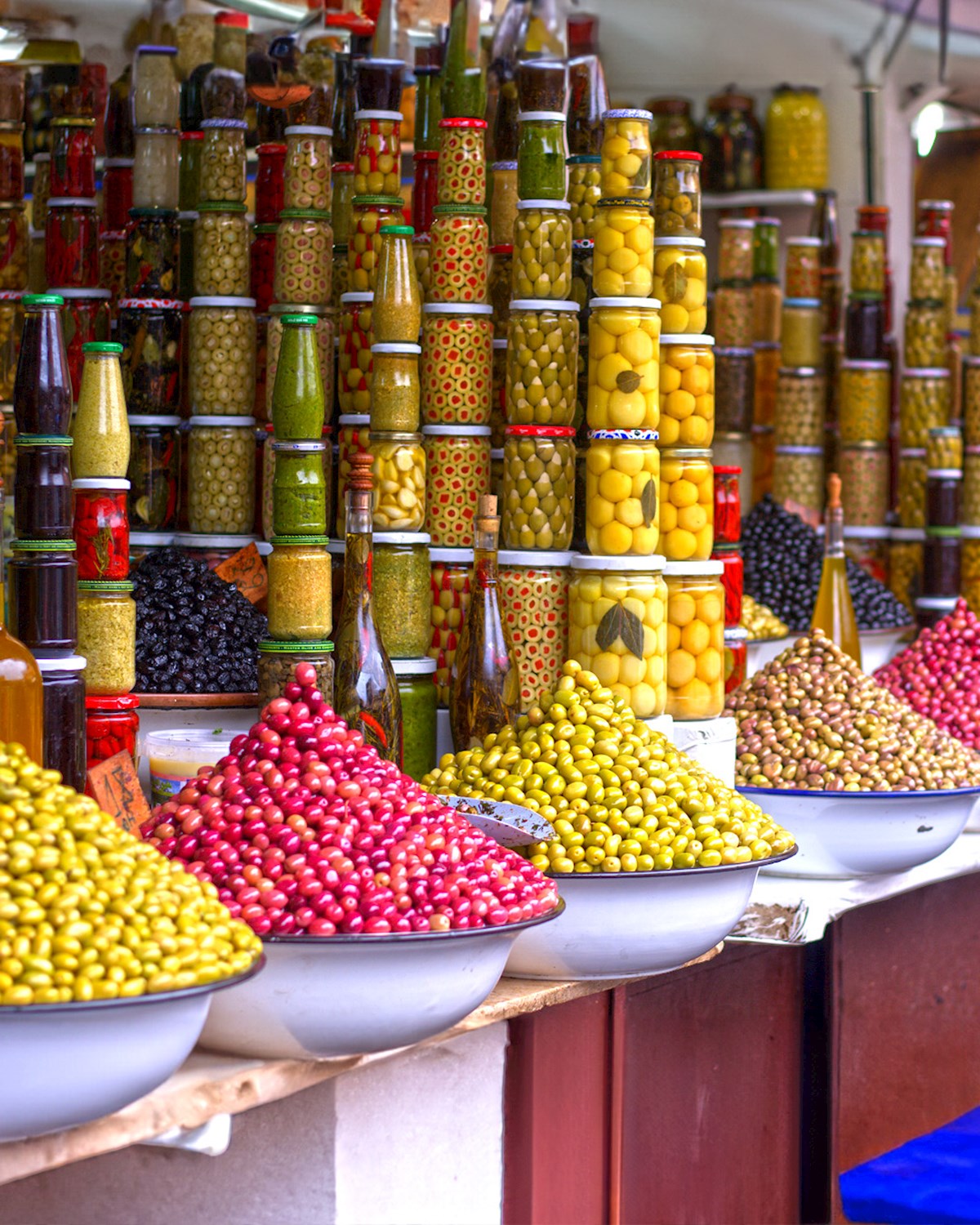 Credits: shutterstock
Credits: shutterstock
Even Malta’s honey—sourced from bees feeding on the island’s wild thyme, clover, and other native plants—utilizes the terroir, and carries a distinct flavor profile, capturing the essence of the local flora.
Maltese cuisine - a fusion of the Mediterranean flavors
Due to the island's strategic location and diverse history, Maltese cuisine has been shaped by the Greek, Roman, North African, and Middle Eastern influences, but still managed to remain distinctive. Traditional Maltese cuisine is based on fresh, seasonal ingredients that highlight the best of what the land has to offer. Many Maltese dishes have been passed down through generations, each carrying the essence of Malta’s past while adapting to modern tastes.
Central to Maltese cooking are fresh, seasonal ingredients, many of which are grown on the island, such as tomatoes, olives, capers, and citrus fruits. Staples like Ġbejna (Maltese goat cheese), sun-dried tomatoes, and local honey are highly valued and frequently used, while olive oil is a key component, bringing the flavors together. Maltese recipes are often simple, allowing the natural flavors of the ingredients to shine, but they also incorporate vibrant spices and herbs like mint, fennel, and coriander, hinting at the island’s Arabic influence.
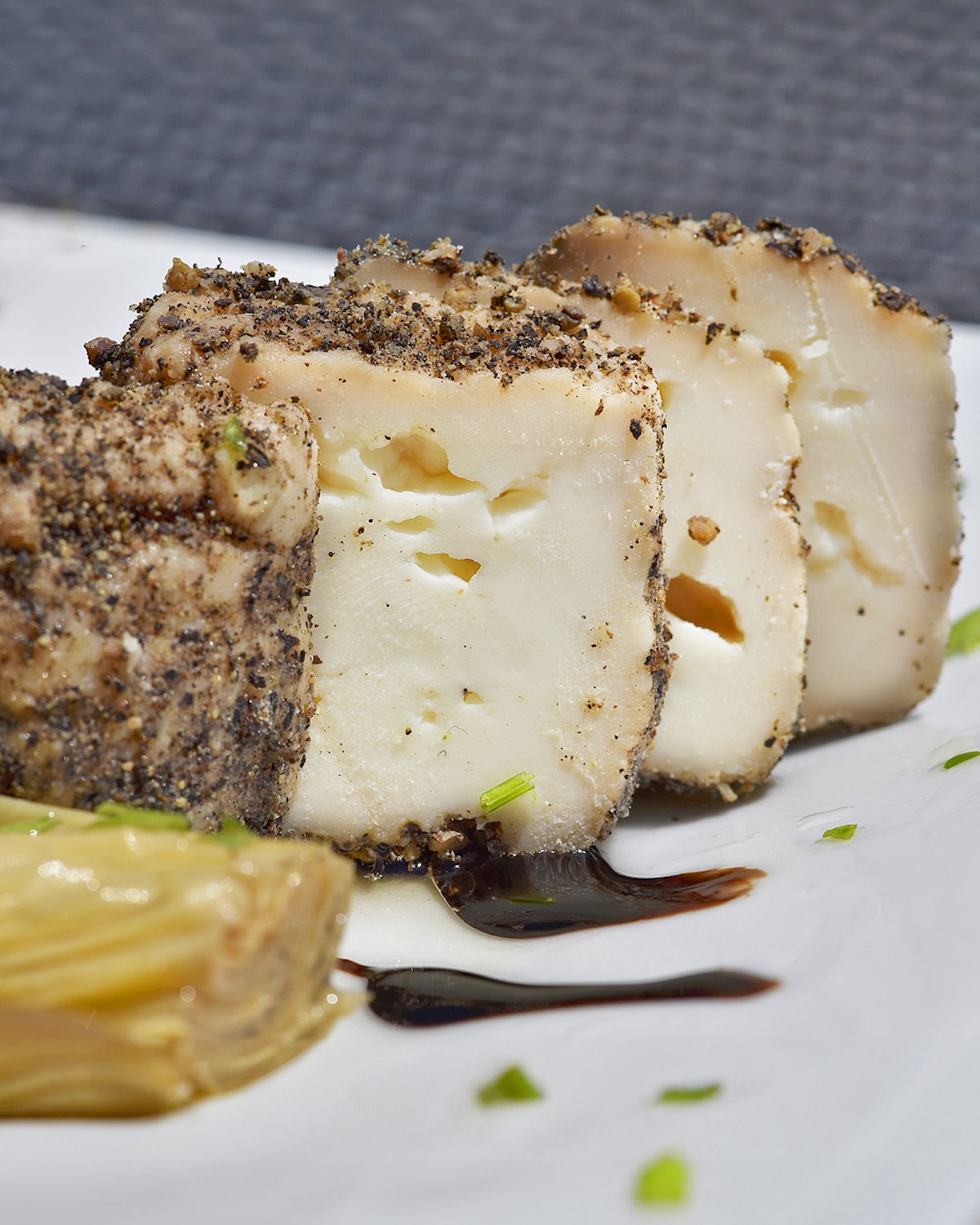 Credits: shutterstock
Credits: shutterstock
Key dishes of Maltese cuisine include pastizz (flaky pastry filled with ricotta or peas), imqaret (sweet pastry filled with a combination of dates, citrus, and spices), and fenkata (rich rabbit stew). Traditional Maltese bread, ħobż tal-Malti, is a crusty sourdough loaf baked in wood-fired ovens, often enjoyed with olive oil, tomatoes, and other local ingredients.
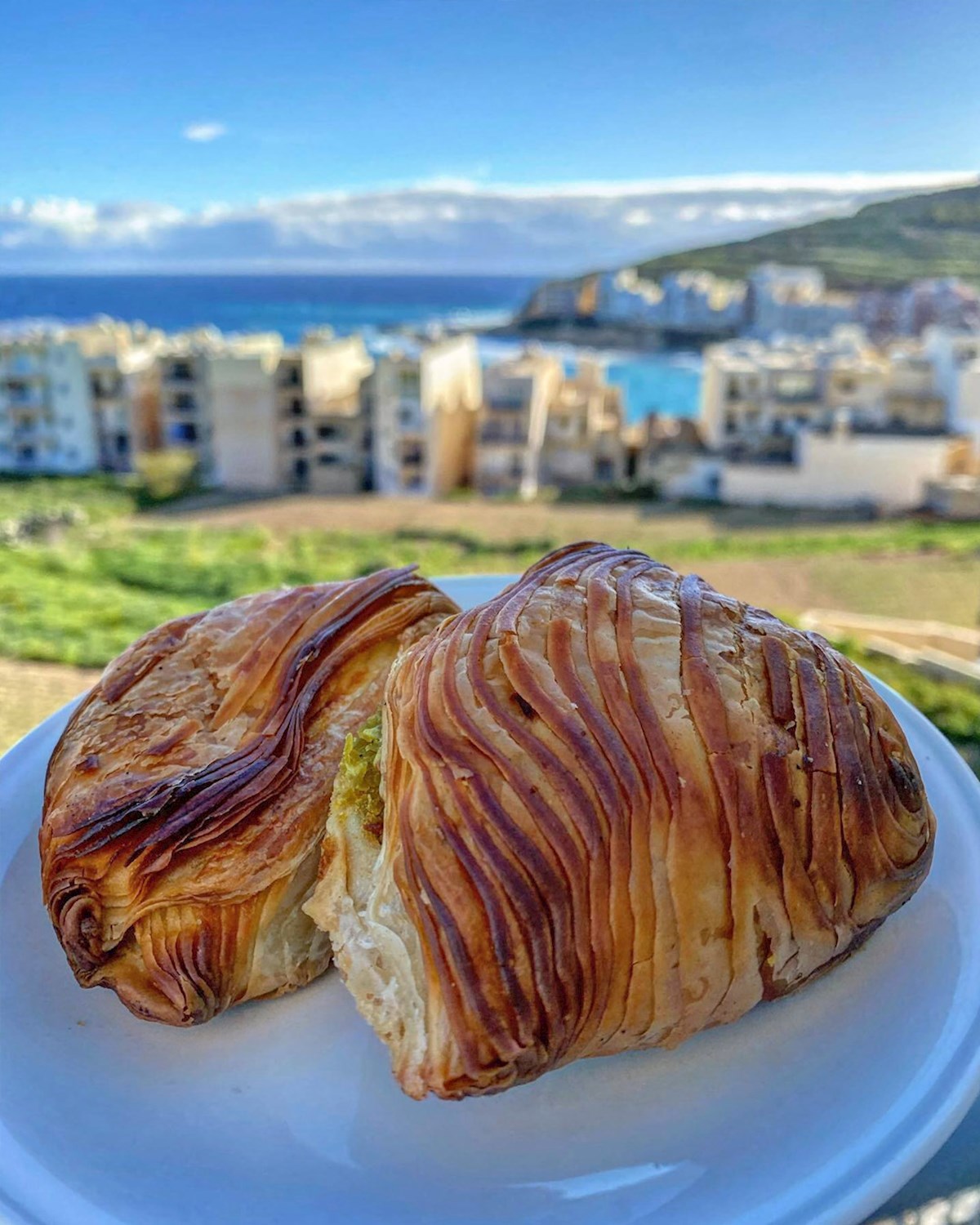 Credits: foodgurus.mlt
Credits: foodgurus.mlt
 Credits: barrirestaurant
Credits: barrirestaurant
Malta as a new gastro-hotspot
As a growing trend, gastronomic tourism is turning Malta into a hotspot for food enthusiasts seeking authentic and immersive culinary experiences. Visitors are increasingly interested in experiencing the island’s food culture firsthand, from farm-to-table dining and vineyard tours to traditional cooking classes. Many local producers and farmers now offer tours and tastings, allowing tourists to see the entire production process and understand the value of locally-sourced, sustainable ingredients.
Malta’s thriving restaurant scene also caters to this demand, with a range of eateries—from rustic, family-owned establishments to innovative fine-dining restaurants—that showcase the island’s best flavors. Maltese chefs often incorporate local ingredients into their menus, celebrating traditional dishes while exploring modern twists that appeal to both locals and international visitors.
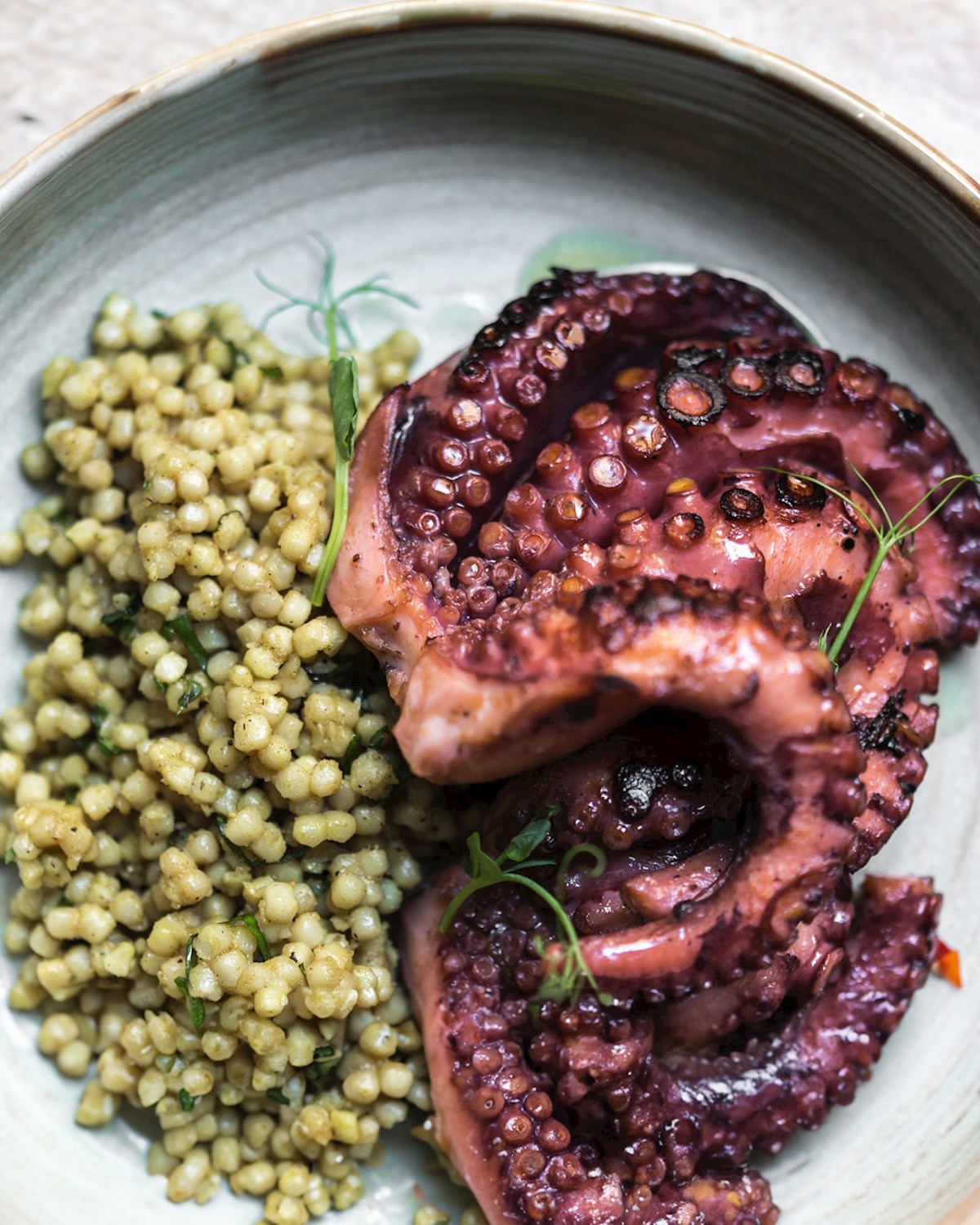 Credits: Brian Grech
Credits: Brian Grech
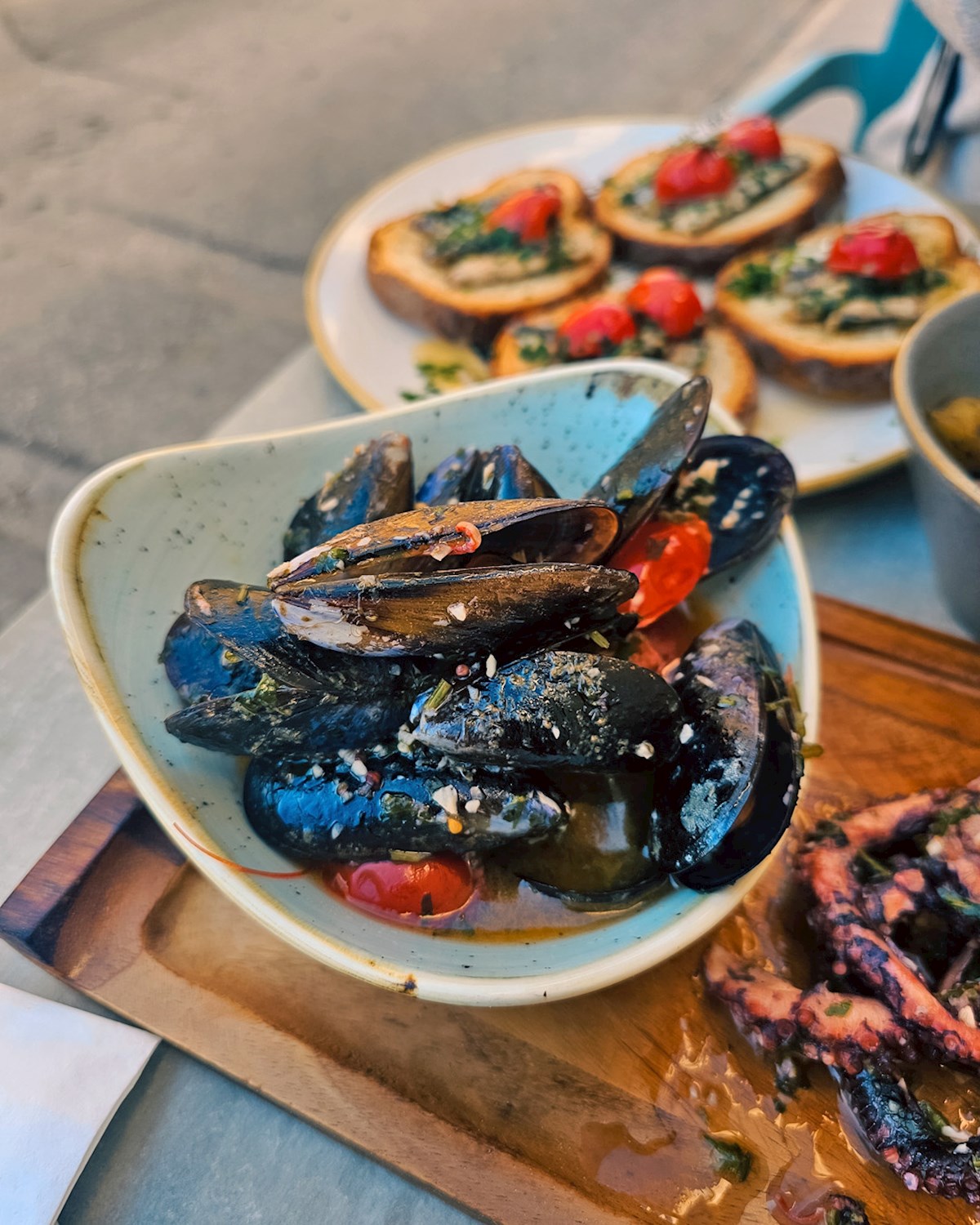 Credits: shutterstock
Credits: shutterstock
Local markets, such as the popular Marsaxlokk Fish Market and the Valletta Food Market, serve as gathering points where farmers and producers sell their goods, creating a direct connection between producers and consumers. This accessibility fosters a sense of community and trust, allowing locals and visitors alike to experience the freshness of Malta’s produce.
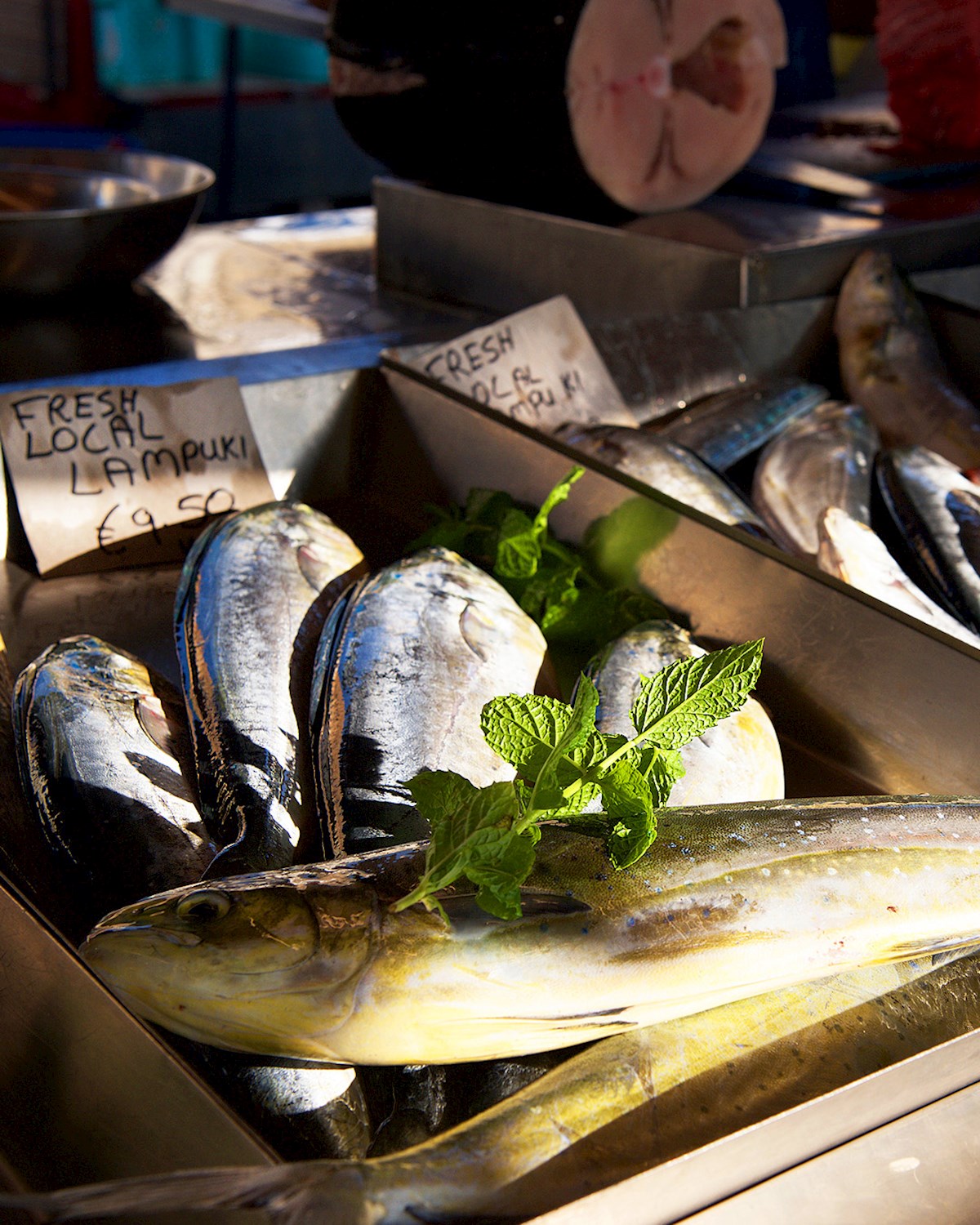 Credits: shutterstock
Credits: shutterstock
One of the factors that makes Malta a favorite as a destination for agri-food production and gastronomic tourism is its supportive community. Maltese people are known for their hospitality and strong sense of community, qualities that resonate deeply with visitors. There is a collective pride in local traditions, and this is evident in the way Maltese producers, farmers, chefs, and artisans work together to preserve and promote the island’s culinary heritage.
What the future holds
Malta is increasingly focused on sustainable agriculture and environmental responsibility, which is appealing to today’s conscientious travelers. Efforts to reduce waste, promote organic farming practices, and preserve traditional methods of production are helping Malta become a leader in sustainable agri-food practices. As the demand for locally-sourced, sustainable products grows, Malta is well-positioned to meet this trend and continue expanding its offerings.
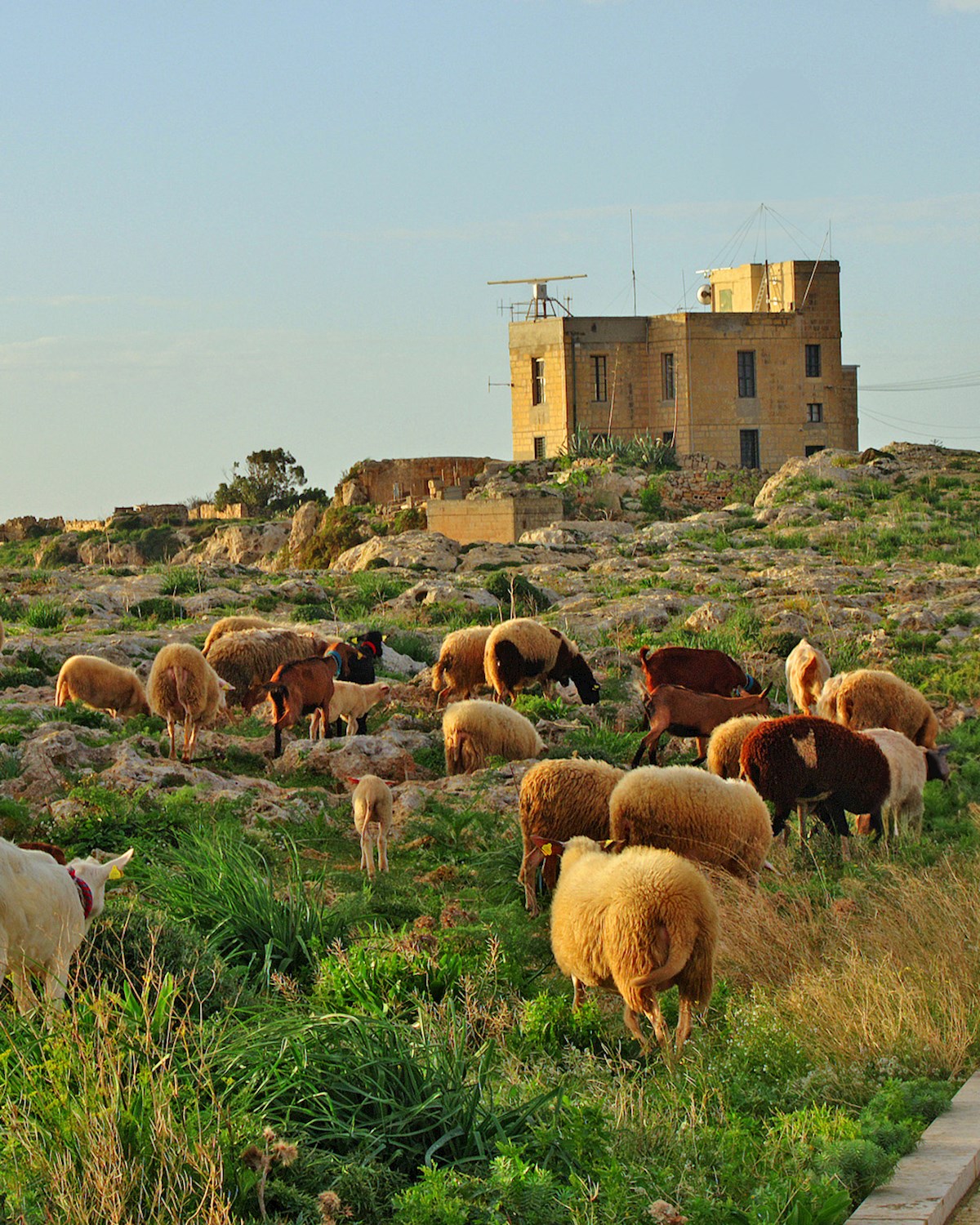 Credits: shutterstock
Credits: shutterstock
With favorable climate, one-of-a-kind terroir, rich culinary heritage, and vibrant community, Malta is an ideal location for agri-food production and a prime destination for gastronomic tourism.
In collaboration with Malta Tourism Authority




